
Stepping into Hu Haiping's leather carving studio, you can see different leather carving paintings on the wall, depicting galloping horses on the grassland, fresh and beautiful lotus flowers in the pond, magnificent rising golden clouds, and comforting Hakka houses under the setting sun... With each chisel and stroke, the world's charm seems to be contained within a small piece of leather.
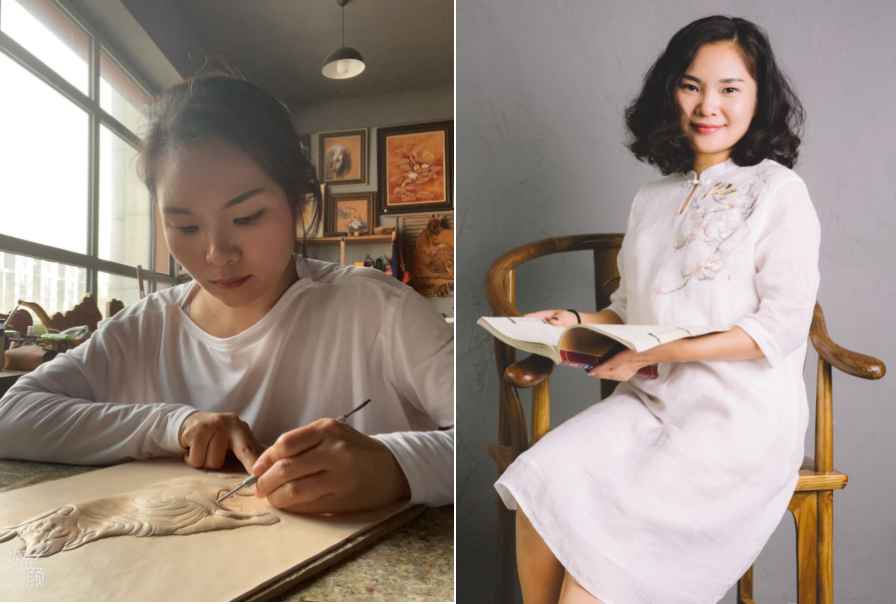
Leather carving, also known as "soft relief art", is a decorative engraving craft of leather. Craftsmen carve, hammer, shape, dye, and inlay on vegetable-tanned leather to create three-dimensional relief patterns on different layers.
The history of leather carving in Europe started in the Renaissance period. This craft, which originated from the steppe, followed the Maritime Silk Road to the Lingnan area and has continued to this day. The art of leather carving (Shenzhen) was listed as an intangible cultural heritage protection project in Shenzhen in April 2021, and Hu Haiping is the eighth-generation inheritor of this project.
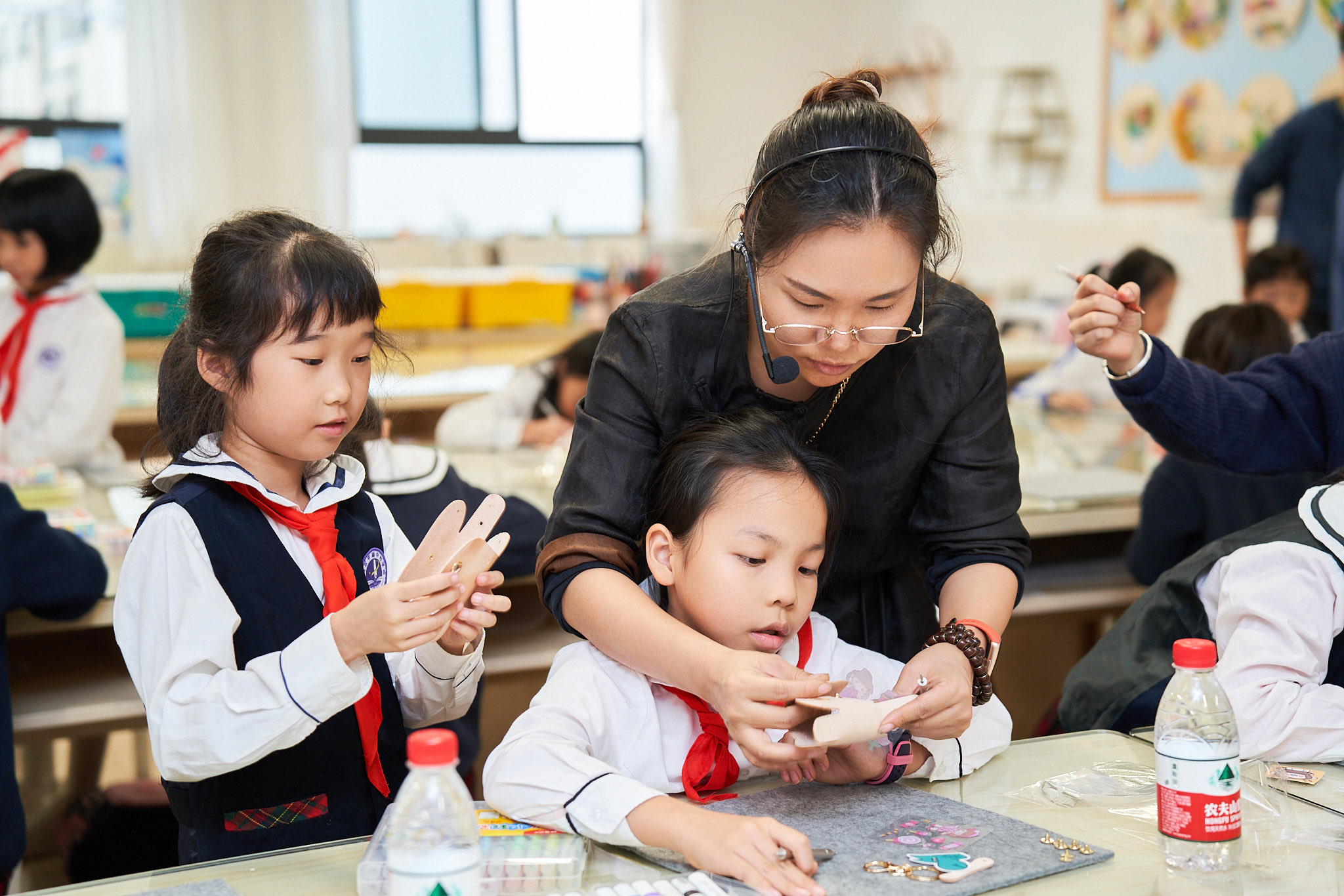
Hu Haiping comes from Yongkang, Zhejiang, which is known as the "hometown of craftsmen". Since childhood, he has been influenced by the atmosphere of neighboring craftsmen, which became the cause for his future engagement in leather carving art. In 2004, Hu started his journey in the leather carving industry. In 2007, during a trip to Inner Mongolia to visit relatives, Hu was deeply attracted by this magical handicraft. After returning, with a solid foundation in painting, she began to self-study leather carving. She quit her job and devoted herself with passion. After explorations, she became a student of Li Siqin, a master of Mongolian leather carving art and the seventh-generation inheritor of the Horqin leather carving, and was able to study the traditional leather carving art of the steppe systematically.
With a long history, the leather carving is a practical and worth collecting with high aesthetic, historical, and cultural values. However, most ordinary people think such exquisite leather carvings are always expensive and too artistic, far away from daily life.
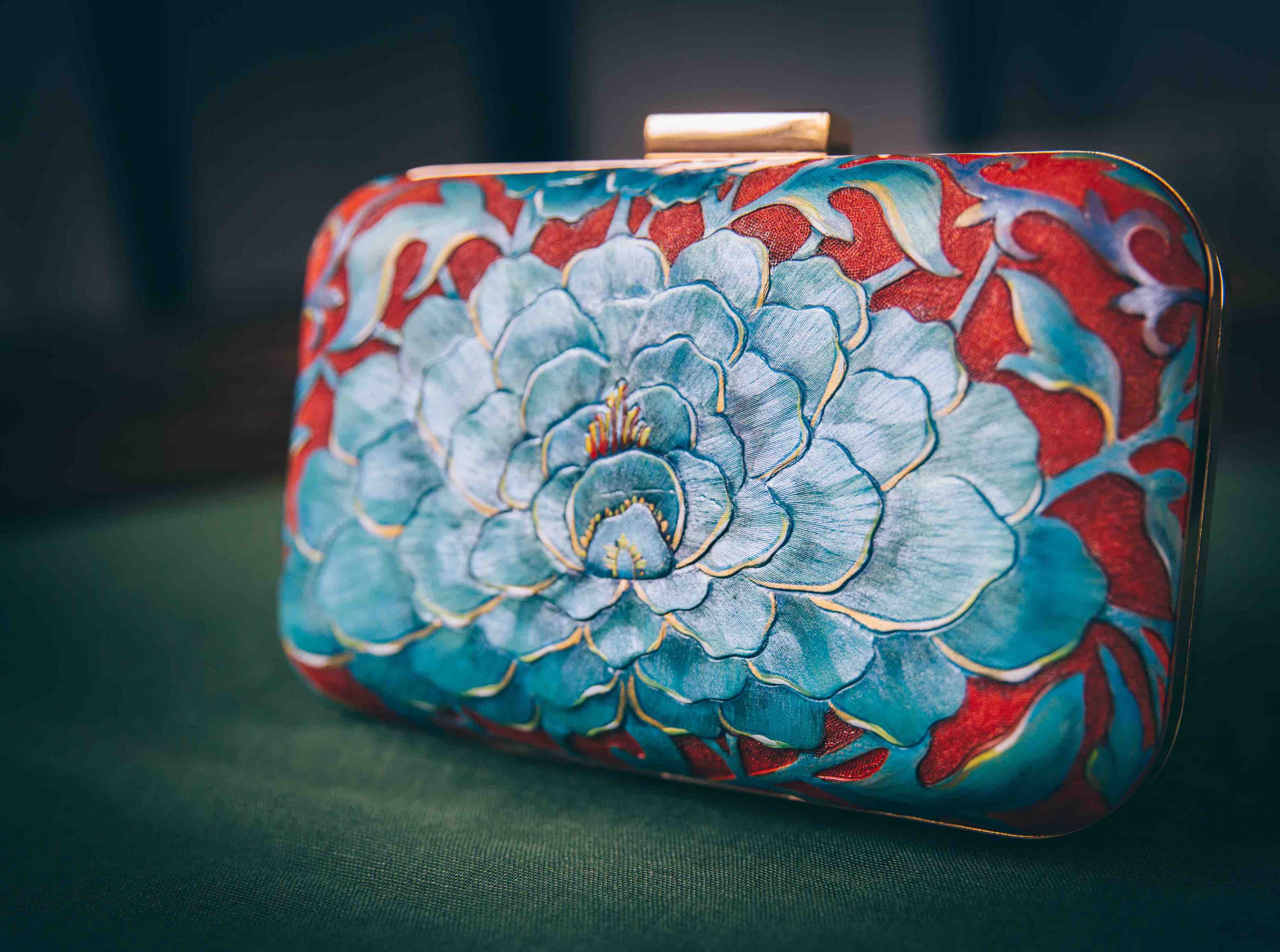
Exquisite leather carvings are beautiful with a single glance, yet they are not affordable for the public. Therefore, it is my aspiration to promote this cultural heritage through innovative craftsmanship and introduce it to more people. "Hu Haiping believes that for the inheritance of intangible cultural heritage, each stage has its own mission. For now, leather carving now requires a larger audience.
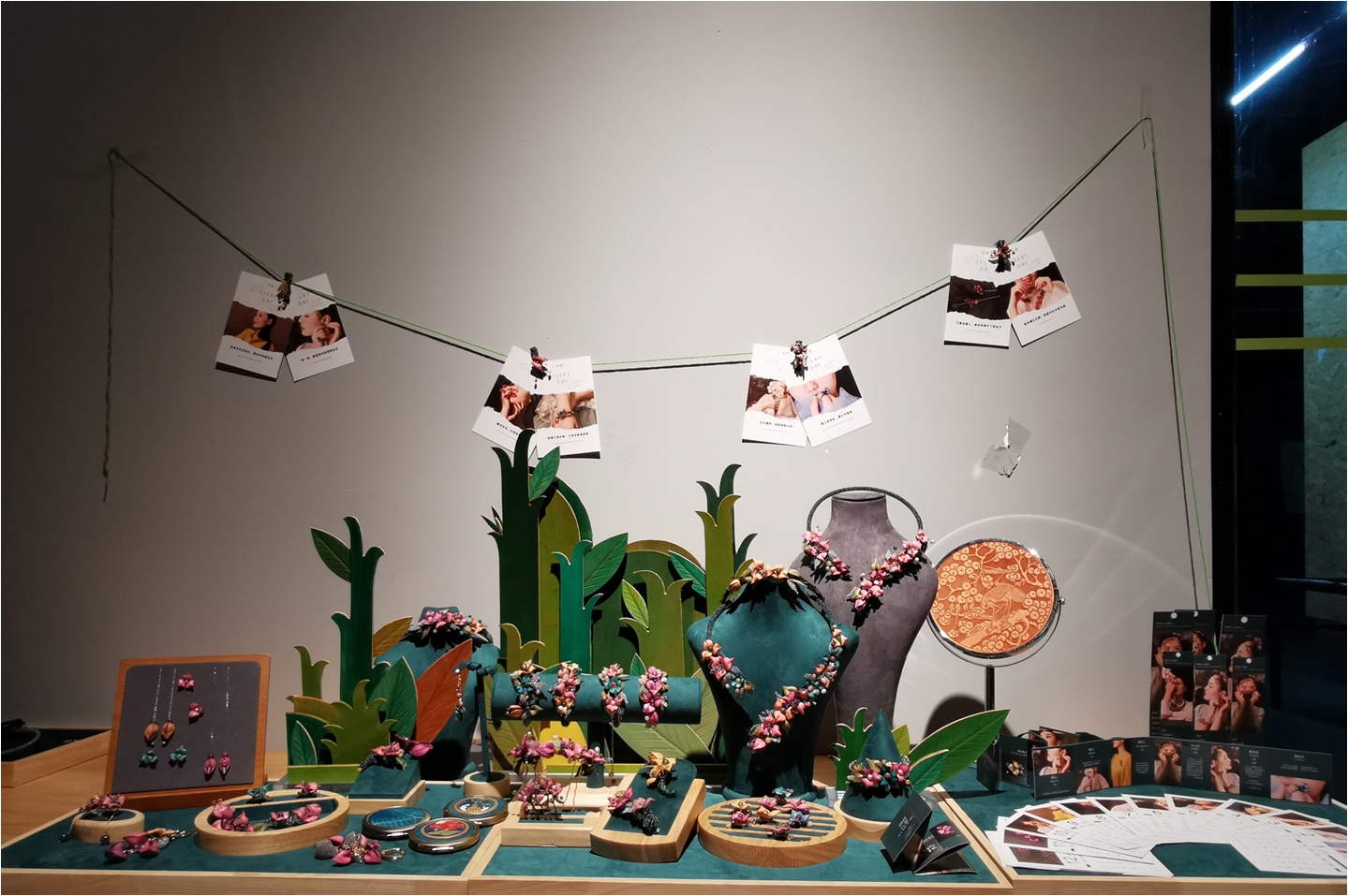
In order to explore the revitalization of traditional leather carving art and promote its inheritance, Hu and her partners from the studio actively carry out basic leather carving skills training and public lectures in the community, matching this traditional intangible cultural heritage with contemporary concepts and market demands.
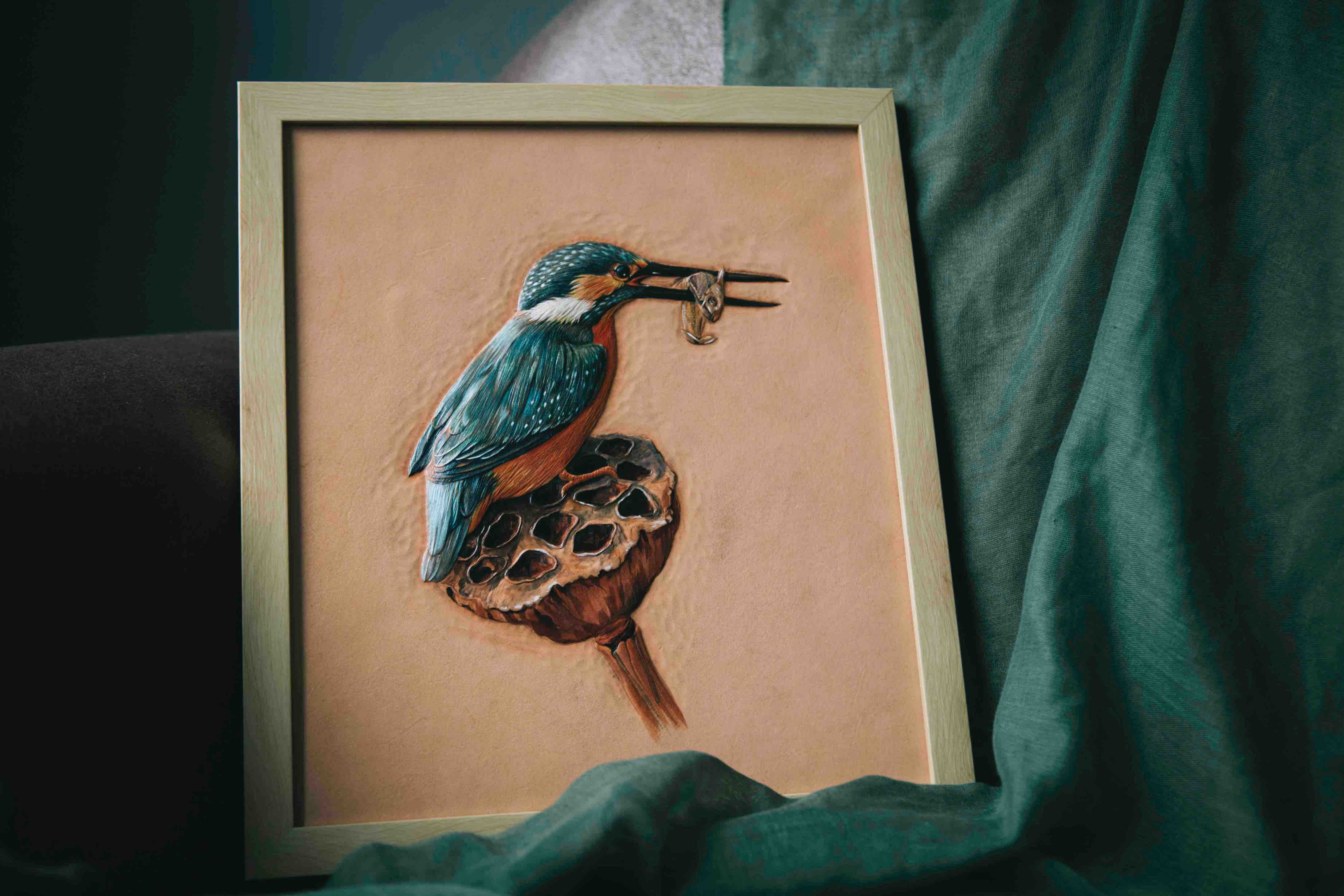
Hu is convinced that after the challenges of facing bottleneck for inspiration, understanding Lingnan culture and innovating traditional art, the next significant step for the artist's growth is adhering to one's initial dream and finding solace in oneself. What's more, the artist must also decode the essence of intangible cultural heritage inheritance, simplifying the seemingly enigmatic leather carving to the public. Only then can this traditional craftmanship be inherited with a new life.
Source :Yangcheng Evening News
胡海平:将活化的“非遗”皮雕艺术送入寻常百姓家
迈步走入胡海平的皮雕工作室,只见一幅幅惟妙惟肖的皮雕装饰画悬于墙面:草原上踏风驰骋的骏马、水塘里清冽傲放的莲花、蒸腾而起的镶金祥云雍容华贵、夕阳下的客家围屋散发温暖柔光……一凿一划,敲打锤炼,仿佛世间的万般风情皆能纳入这小小的一方皮革之中。
皮雕技艺也被称作“软浮雕艺术”,是一种皮革刻绘装饰工艺。匠师们在经过植物鞣制的皮革上进行刻绘、敲击、塑型、染色、镂空镶嵌等,从而让皮革形成层次鲜明的立体软浮雕纹饰。
欧洲的皮雕艺术起源于文艺复兴时期。这一来源于草原的手艺,经由海上丝绸之路传到了岭南,延续至今。皮雕技艺(深圳)于2021年4月被列为深圳市非物质文化遗产保护项目,胡海平便是该项目的第八代传承人。
胡海平来自素有“百匠之乡”美誉的浙江永康,自幼“饱受”邻里工匠氛围的熏陶,这也为其日后从事皮雕艺术埋下最初的因缘。2004年,胡海平进入皮雕制品行业;2007年,在一次赴内蒙古探亲的旅途中,胡海平被皮雕这种神奇的手工艺术深深吸引,返深后秉着扎实的绘画功底,开始自学皮雕技艺;她辞去本职工作、毅然投身热爱,几番求索研磨,后拜蒙古族皮雕工艺美术大师、科尔沁皮雕技艺第七代传承人李思沁嘎瓦为师,得以系统性地研习传统草原皮雕艺术。
皮雕艺术有着悠久的历史,集实用性、鉴赏性、珍藏性于一身,具有很高的历史价值、文化价值、收藏价值。但在大部分老百姓的印象中,精美的皮雕也总是昂贵的、艺术化的,与烟火生活相距甚远。
“高端的皮雕画作一看就很漂亮,但这不是普通人家轻易消费得起的东西。所以我希望通过一些有创新特色的非遗手工艺品,从而让更多的人认识皮雕、了解皮雕。”胡海平认为,对非遗传承来说,每个阶段有每个阶段的使命。而皮雕现在需要更多人来关注和接纳。
为了探索传统皮雕艺术的在地活化、促进社会传承,胡海平带领工作室的一群伙伴,积极在社区开展皮雕基础技能培训与公益非遗讲座,为这项古老传统的“非遗”技艺融入新时代审美理念与市场需求牵线搭桥。
胡海平相信,经历了创作瓶颈、岭南文化定位与艺术活化创新的考验后,坚持本心、与自身和解是艺术家成长的重要一环。为自己“解语”的同时,也要为非遗传承“解语”,将艰涩复杂的制作过程简单化呈现,把看似讳莫如深的皮雕艺术放到老百姓眼前。
“做朵解语花吧,随心而开,随遇而安。”走到哪里,就在哪里深深扎根、向阳盛放。
文|郭语扬
图|受访者提供
译|白心怡
-
Simachong in Guangzhou welcomes a major transformation
2024-01-08 23:10:06 -
Dingjin embroidery from Huadu makes a debut at Shenzhen International Fashion Festival
2024-01-08 23:10:06 -
Guangdong adds 15 forest chief-guarded green parks
2024-01-07 23:17:06 -
Rare Hainan Eld's deer calves make debut at Guangzhou Chimelong
2024-01-07 23:17:06






